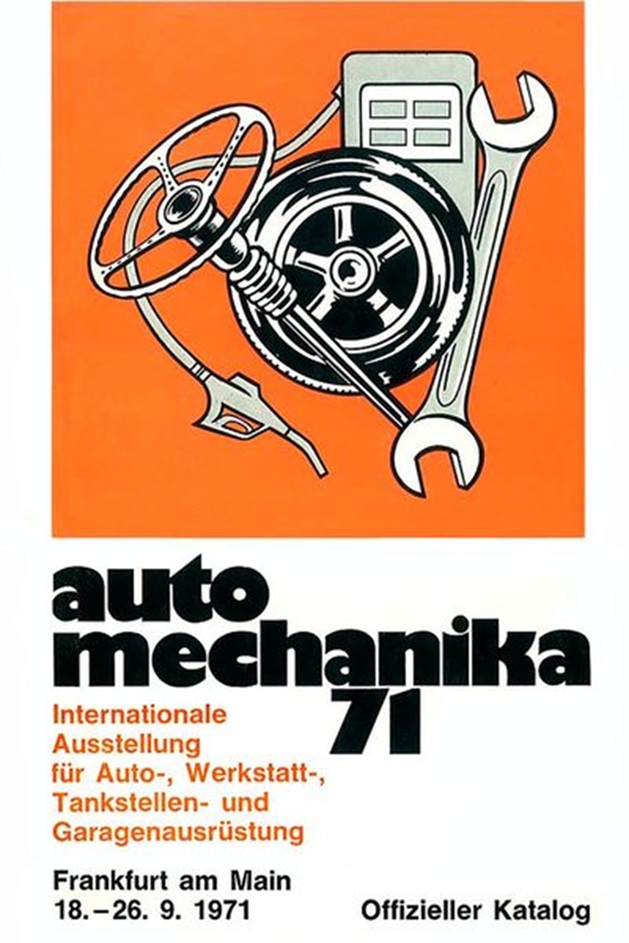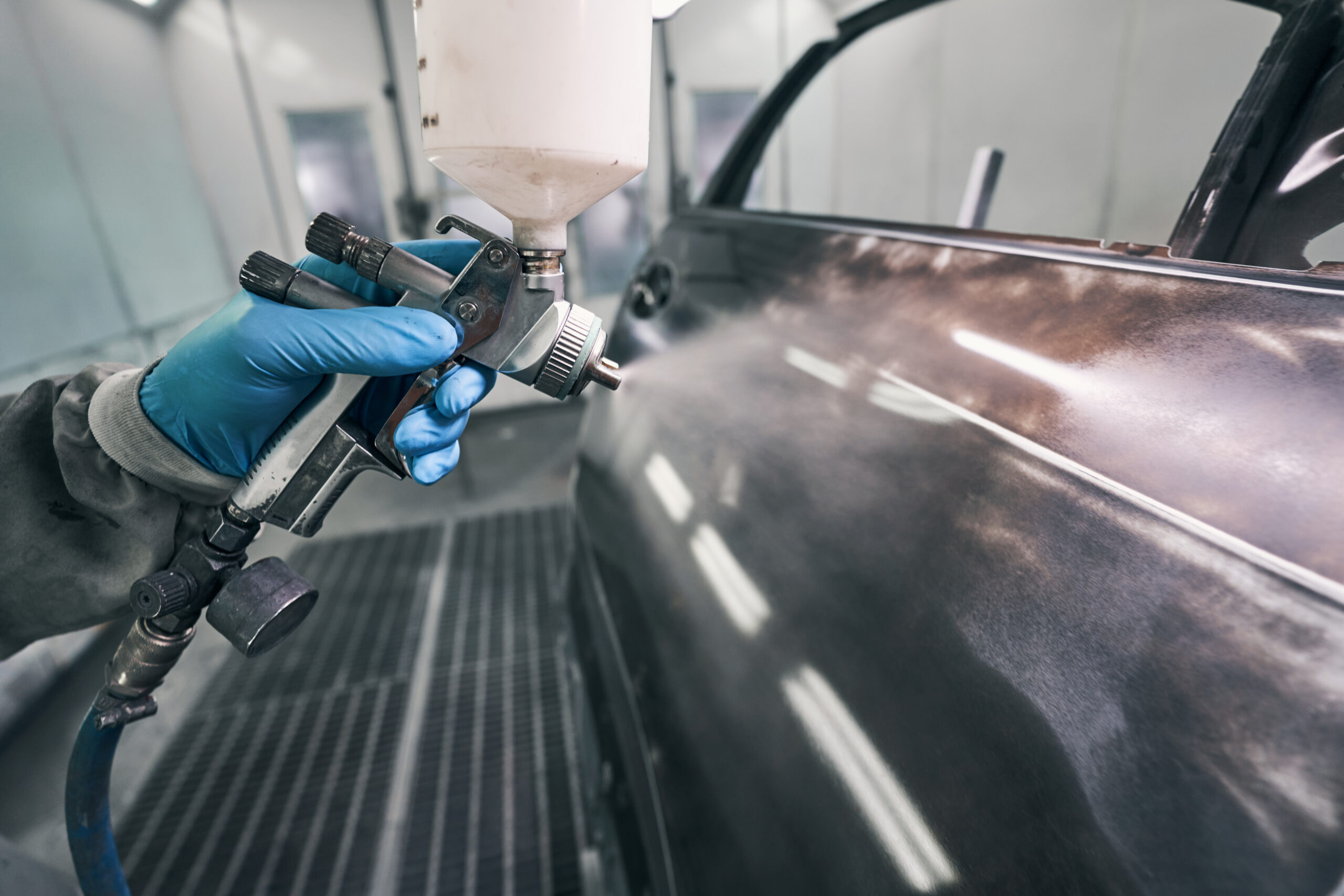Why there’s a bright future ahead even in the midst of a tough economy
The automotive aftermarket and especially collision repair remains a mystery almost anyone not involved with it. True, we need vehicle manufacturers to feed the market for our dear friends, the vehicle users, to inadvertently damage and so need repair. In the wider aftermarket one could be forgiven to think collision repair is a backwater, but investors have woken up, attracted by the huge amount of money spent on parts as well as consumables.
That power has existed for some time.
Until 1971 the vehicle manufacturers exhibited on the same show ground in Frankfurt as the automotive aftermarket, holding the event once every 2 years – much as still goes on at other international events. On 20th January 1971 the VDA – the German automotive manufacturer trade body – announced the membership needed to cut costs and so would cancel the autumn show of that year.
The aftermarket was not consulted.
The aftermarket was supposed to bow, and walk away.
The expectation was nobody could put together a show in under 8 months specifically and only for the aftermarket. However, from trade associations through component manufacturers to the thousands of businesses looking after client vehicles, the answer was – forgive me – ‘dam you!’
So, in September 1971 Automechanika opened; The aftermarket, exhibiting for and to the aftermarket.
The vehicle manufacturers were stunned, thinking this was going to be a huge flop – but it wasn’t. In time, as the IAA re-opened in Frankfurt, it alternated with Automechanika. Of course, part of IAA is now found in Munich, but Automechanika remains in Frankfurt. It has opened without fail every 2 years since 1971.
Codes
Well, that demonstrates the collision repair business as well as the wider automotive aftermarket is a serious business. Let’s consider an underutilised source of profit….. diagnostics. Collision repairers have to deal with the whole interconnected vehicle as a system.
On-board diagnostics (OBD) grew up in the 1980s and gained significant traction during the 1990s as all functions of engine control and elements of transmission control merged into an ‘engine management control’. A system of specific fault codes is used to trace faults. Each the main four groups of fault codes have a letter:
P = Powertrain
B = Body
C = Chassis
U = Undefined
Since the primary reason for the codes was related to powertrain, it was this which got the biggest exposure first. Consequently, as those who repair whole vehicles know, the other letters were not as widely promoted: P = plenty of information, B = ‘hmmmmmm’ (more codes, more possibilities), for example.
OBD II included capture / storage of fault codes in real time, so the sophistication of those codes grew exponentially. For a single sensor fault there can be anywhere from one to four items.
Vehicle manufacturer calibration engineers populate each code by inducing a variety of fault scenarios. The result is the coding is not predictable or uniform. Add into the mix electrified powertrains, the fault codes could appear all over the place.
Depending on the commercial relationship with the service provider, access to code information may not be possible. Vehicle manufacturer devices will work, but it is not commercially viable to buy endless boxes / packages to deal with the range of vehicles seen by a bodyshop.
The vast problem
Diagnostics tools show how an electrical system is working electronically, which an informed expert can investigate. As sub-system costs fall, so more of them appear on more vehicles. For some time four letters caused a firestorm:
A D A S.
There two major concerns for repairers:
- If the system is not re-commissioned properly, the last workshop to have worked in the vehicle may become liable for the consequences.
- Rest assured, if a system is not recommissioned properly, the customer will find out.
Another big issue looms.
The shift in the automotive manufacturer power from West to East, an overnight revolution which has taken 4 decades. Not for the first time the consumer and the aftermarket are in the very same boat – limited information, spare parts access difficulties, uncertain residual values and no clear idea of what is ahead.
Yet, while China manufacturers introduce new models seemingly every week, the downstream support remains eerily quiet.
The result?
A new vehicle which will be disposed of at the first sign of major trouble. The rest of the automotive sector is in a similar position, driven by the pressure to cut overhead and component costs as never before.
What will make the difference? The spirit of 1971, to do the ‘impossible’, is there for the asking. Solutions to the apparent disasters are in our own people. Of course, money, training, information access and more are all crucial, but the aftermarket by exchanging ideas, by building better commerce between us all, can tackle this. Leave the vehicle manufacturers to do battle as they see fit. We have to embrace the Frankfurt of 1971.
Our sector needs to become more self-reliant, not dependent on a vehicle manufacturer – but a trusted technical partner. Similarly, collision repairers need to be financial partners rather than fully funded service providers to insurance companies. This builds on what already exists – collision repairers ultimately sell knowledge and skill, and it deserves wider appreciation.




